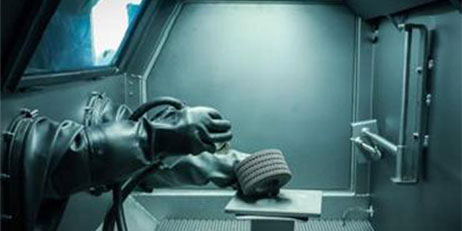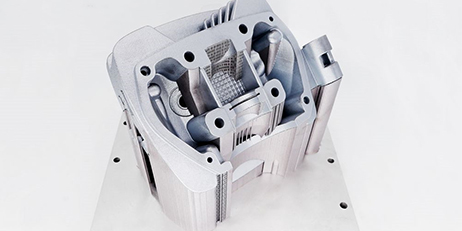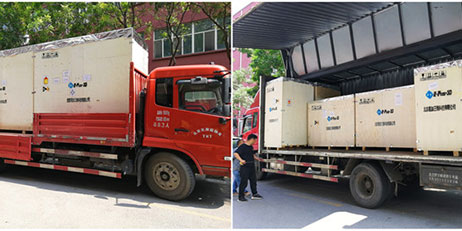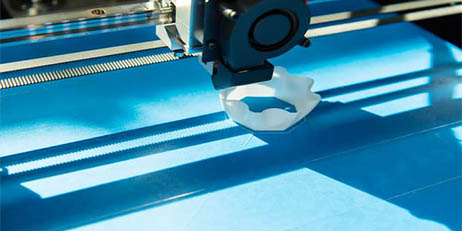At present, the mainstream metal 3D printing powders in the domestic and foreign markets mainly include iron-based alloys, aluminum-based alloys, titanium-based alloys, nickel-based alloys, and cobalt-based alloys.
1. Metal 3D printing material iron-based alloy:
Iron-based alloys are one of the most widely used metal materials in industry, and they are also the earliest metal materials used in 3D printing. Currently, iron-based metal powders suitable for 3D printing include stainless steel, tool steel, martensitic steel, etc. Printed parts of iron-based alloys are found in military industry, aerospace, industrial molds, automobile industry, petrochemical industry and other fields.
2. Metal 3D printing material aluminum base alloy:
Because of its low melting point, aluminum-based alloys are light in finished parts, excellent in mechanical properties, and cheap in price, the use of aluminum-based alloys in 3D printing has been increasing, but the disadvantages of aluminum-based alloys are also obvious because of its light weight. Therefore, the fluidity of the aluminum alloy powder produced is poorer than that of other metal powders. In addition, it is easy to form an oxide layer around the powder particles during laser sintering, which needs to be removed under high temperature protection. However, the low temperature resistance of aluminum limits the For this kind of operation, there are few types of aluminum-based alloys currently used for metal 3D printing, only AlSi12 and AlSi10Mg. If you want to use it on a large scale, you need to make continuous breakthroughs in materials. The printed parts of aluminum-based alloys are mainly used in thin-walled parts such as heat sinks, heat exchangers, etc., as well as lightweight and complex non-load-bearing parts in the aerospace field.
3. Metal 3D printing material titanium-based alloy:
Titanium and titanium alloys have the characteristics of high strength and hardness, corrosion resistance, and low elastic modulus. They are the most suitable metal materials for 3D printing, but their prices are relatively expensive compared to other alloys. At present, they are mainly used in aerospace, medical (orthopedic implants), luxury cars, racing cars and professional sports equipment.
4. Metal 3D printing material nickel-based alloy:
Nickel alloy is a high-temperature-resistant alloy with good tensile, fatigue and thermal fatigue resistance properties. It is often used to manufacture parts that require high temperature resistance, such as aircraft engines, gas turbines, aircraft turbine engines and other parts. It is widely used in chemical industry, power industry and oil and gas fields.
5. Metal 3D printing materials cobalt-based alloys:
Cobalt-based alloys have the advantages of good high temperature performance, high strength, corrosion resistance, wear resistance and biocompatibility, and are mostly used in dentistry, plastic surgery, aerospace and other fields.























